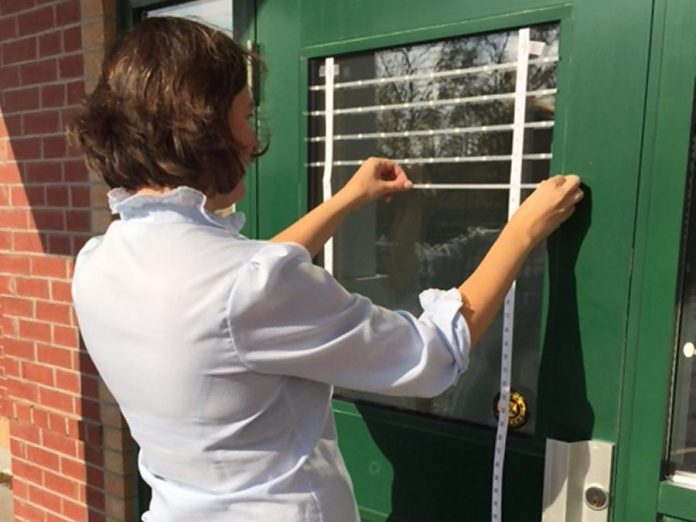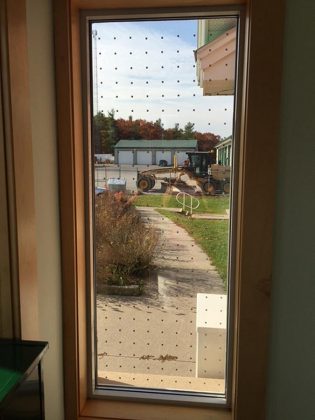
Many of us have had this experience at some point in our lives: sitting in a room in our house when we hear a sudden thump against a window. We investigate, only to find a bird has flown into the window and is either injured or dead.
A local conservation authority is encouraging the public to help protect our feather friends by taking steps to prevent these bird-window collisions.
According to Lower Trent Conservation, birds are particularly vulnerable to window collisions during the migratory season, including the fall when birds begin to fly to warmer climates where food is abundant.

Although birds actually have better vision than humans, mirrors are not a natural part of their habitat. As a result, birds can perceive a window reflecting the surrounding sky or trees as open space — and fly into it at a high rate of speed.
Birds that do not die upon impact can become easy prey for predators such as cats, raccoons, gulls, or other animals.
Windows are one of the leading human causes of death for birds. According to a 2013 Environment Canada study, collisions with residential and commercial buildings kill an estimated 16 to 42 million birds each year in Canada, mostly at residential homes.
Across North America, the estimated number of migrating birds killed annually in collisions with buildings is estimated to be 699 million.

Fortunately, there are steps you can take at your home or business to deter birds from flying into your windows.
“Using visual cues, we are able to alert birds of the presence of glass,” says Ewa Bednarczuk, Ecology & Stewardship Specialist with Lower Trent Conservation. “This can be done very simply with window paint, adhesive markers, film, screens, or netting.”
“At Lower Trent Conservation’s Administration Office, we have placed small white adhesive markers on the exterior surface of window glass to deter birds, while maintaining a clear, esthetically pleasing view through the windows.”
The markers can be spaced to ensure that even smaller birds, such as hummingbirds, will not attempt to fly through a window.
FLAP Canada is an organization dedicated to safeguarding migratory birds in the urban environment through education, policy development, research, rescue, and rehabilitation. For more information on how you can prevent bird-window collisions, visit the FLAP Canada website at www.flap.org.
As well as the adhesive markers used at Lower Trent Conservation, FLAP Canada suggests other products you can use to make your windows bird friendly.
If you do find an injured bird that has flown into your window, FLAP Canada does not recommend that you leave the defenceless bird on the ground to recover from its injuries, as it may quickly become prey for scavenging animals.
Instead, gently place it inside an unwaxed paper bag or cardboard box, firmly secured, and put it in a quiet location away from people and pets. Do not give the bird food or water. Look on the internet for a wildlife rehabilitator close to you for further instructions.
Editor’s note: The Avant-Garden Shop (165 Sherbrooke St., Peterborough, 705-743-0068) sells the window markers mentioned in this story.


























